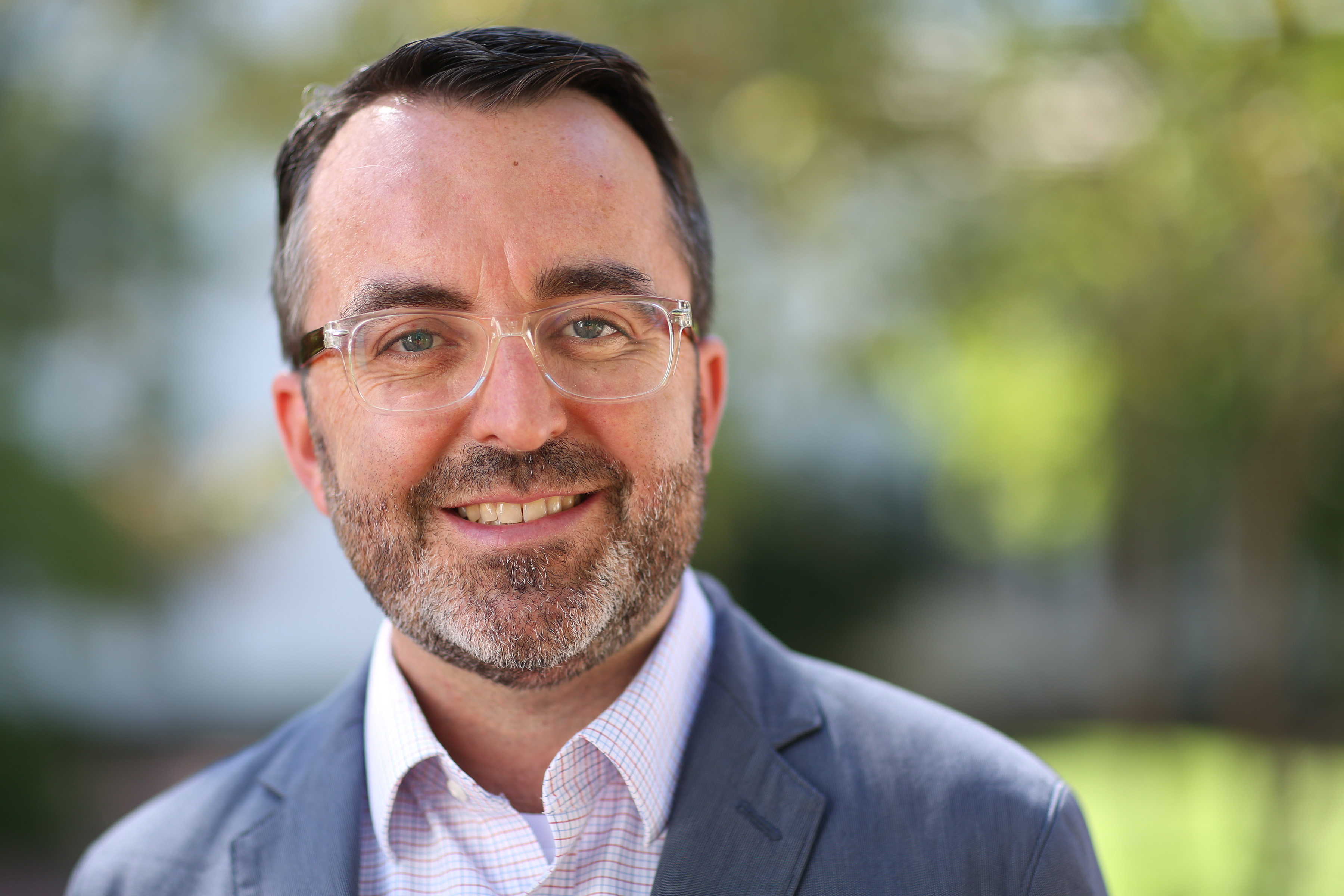Affiliation: Wabash College

Jeremy Hartnett is Professor of Classics at Wabash College, where he holds the Anne and Andrew T. Ford Chair in the Liberal Arts. He earned graduate degrees at the University of Michigan. His first book, The Roman Street: Urban Life and Society in Pompeii, Herculaneum, and Rome, won the 2018 James Henry Breasted Prize from the American Historical Association for “the best book in English in any field of history prior to CE 1000.” His areas of specialization are Roman urbanism and social history. He has twice taught at the Intercollegiate Center for Classical Studies in Rome (most recently as Mellon Professor-in-Charge in 2017-18), and currently serves as the Chair of the Centro’s Managing Committee.
In 1626, workers digging foundations within St. Peter’s basilica in Rome accidentally unearthed the funerary monument of an ancient Roman named Flavius Agricola. It consisted of a marble sculpture portraying him reclining at table and a poetic inscription encouraging readers to enjoy wine, women, and whoopie. Since the discovery was made immediately adjacent to the supposed tomb of the apostle Peter, alarmed papal authorities removed the inscription and locked down the site. Thanks to antiquarians, the epitaph was transcribed before its deletion and the statue is exhibited today at the Indianapolis Museum of Art. And subsequent excavation has unearthed much of the necropolis surrounding Flavius’ tomb. All of which grants us the remarkable opportunity to investigate an otherwise-unknown Roman.
This talk considers what Flavius’ life and commemoration in death illustrate about individual experience in the Roman world. One generation removed from slavery, married to a “chaste worshipper” of the Egyptian goddess Isis, and proudly showing himself living it up for all eternity because “after death, earth and fire consume all else,” Flavius prompts many questions. Did Flavius’ corporeal pleasures align with his wife’s beliefs? Why was he so keen on dining in the first place? How did visitors to his tomb encounter his funerary monument? And, if they dined in his presence, did they somehow understand him as being among the living? Examining this funerary monument permits a close look at some fascinating corners of life beyond Rome’s senatorial elite.
Short bibliography and/or website on lecture topic:
When we think of Roman cities, it is tempting to conjure images of temples, baths, and amphitheaters. This talk storms into the narrow streets of Pompeii to make the case that, for most Romans, the real action happened on the neighborhood level. By examining five stories at just one intersection far from the monumental center of this city, we will learn about (a) streetside religion, the former slaves who presided over it, and the suspicions that they sought to tamp down; (b) eating and drinking by regular folk, as well as the key connective roles played by barmaids in Pompeian society; (c) small-scale industry and the way that shopkeepers deployed deities to push product; (d) neighborhood rivalries across competing businesspeople and their efforts to outdo one another via street signs; (e) and the retorts that elite Pompeians used to undercut upstarts. All told, we will see how ancient historians repopulate “empty” ancient spaces with a raucous cast of upper-class politicians, slaves, hucksters, donkeys, and so many more – all trying to scratch out a living, make their mark, and upstage competitors in the street.
Short bibliography and/or website on lecture topic:
Hartnett, J. 2017. The Roman Street: Urban Life and Society in Pompeii, Herculaneum, and Rome (Cambridge University Press)
See Jeremy Hartnett's work in the American Journal of Archaeology.